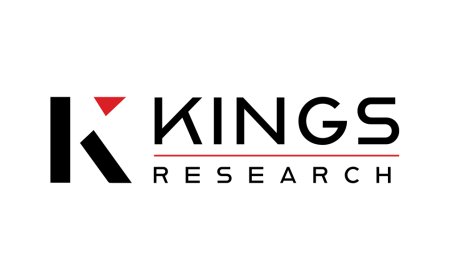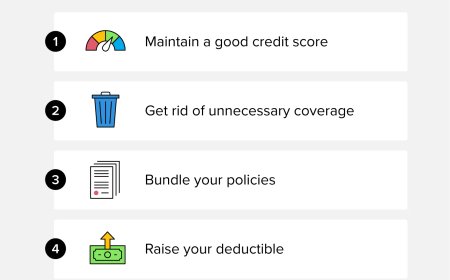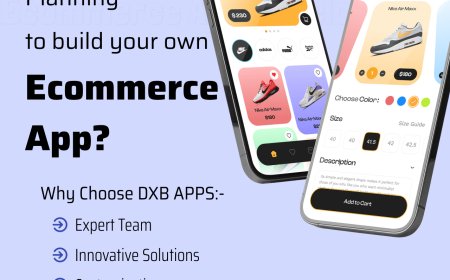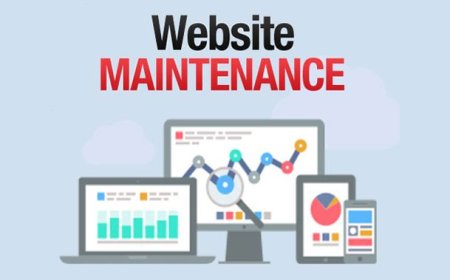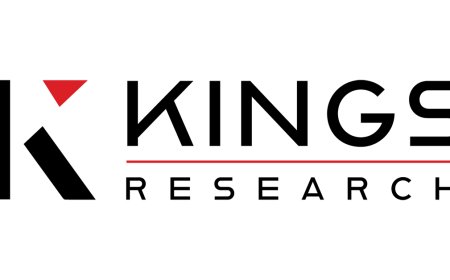Why Flutter is the Best Choice for Cross-Platform App Development in 2025
In this blog, we’ll explore why Flutter is the best choice for cross-platform app development in 2025 and how it helps teams build apps that stand out on every device.
Choosing the right framework for cross-platform app development is more important than ever. With tight timelines, rising user expectations, and growing platform demands, businesses need a solution that balances speed, quality, and flexibility.
Thats where Flutter takes the lead in 2025.
It allows you to build apps for iOS, Android, web, desktop, and more, using a single codebase. Backed by Google, Flutter combines beautiful UI design, strong performance, and unmatched development speed. Whether you're launching a startup or managing enterprise apps, Flutter gives you the power to move faster and deliver more, without stretching your budget.
Top Reasons to Pick Flutter for Your App
Flutter brings together speed, flexibility, and native performance, all from a single codebase. Here are the top reasons why its the go-to choice for cross-platform app development in 2025.
1. Single Codebase
Flutter allows you to write just one codebase that works seamlessly across Android, iOS, web, desktop, and even embedded platforms. This unified approach eliminates the need to juggle multiple tech stacks or manage separate teams for different platforms. Its especially useful for businesses offering Android app development services, as it speeds up the process while keeping everything consistent across devices.
You save time, reduce development complexity, and make your app easier to maintain in the long run. Updates are quicker, bugs are easier to fix, and feature rollouts stay consistent. Whether you're launching a new product or scaling an existing one, Flutter makes cross-platform development more streamlined and cost-efficient.
2. Beautiful UI
Design plays a huge role in app success, and Flutter gives you everything you need to create visually stunning interfaces. With a rich set of customizable widgets based on Material and Cupertino design systems, you can easily build modern, responsive, and interactive UIs.
Whether you want a clean, minimal look or something bold and animated, Flutter makes it possible without complex code. It handles different screen sizes, resolutions, and devices effortlessly. Your app will not only look good, it will feel consistent and polished on every platform.
3. Hot Reload
One of Flutters most loved features is hot reload. It lets developers see code changes almost instantly, without restarting the app or losing their place. This speeds up development dramatically, especially when tweaking UI elements, fixing bugs, or testing new ideas.
You can experiment freely, iterate quickly, and keep the momentum going without interruptions. Its also a great tool for collaboration, allowing real-time feedback from designers or clients. With hot reload, the entire development process becomes faster and more interactive.
4. Google Support
Flutter is developed and backed by Google, which adds a layer of confidence and long-term stability to the framework. It receives regular updates, strong documentation, and close integration with powerful tools like Firebase, Google Cloud, and Material Design.
Google even uses Flutter in its own products, proving its scalability and reliability. Youre not just working with an open-source library, youre building on top of a well-funded, widely adopted, and continuously evolving ecosystem. That backing makes a real difference when you're aiming for long-term growth.
5. Great Performance
When it comes to speed, Flutter doesnt hold back. It compiles directly to native ARM code, so theres no reliance on slow JavaScript bridges or intermediate layers. This results in fast load times, smooth animations, and responsive interfaces that feel just like native apps.
It also handles memory well and performs reliably, even with complex UI and data-heavy tasks. Whether youre building a lightweight utility app or a graphics-rich experience, Flutter delivers the performance users expect.
6. Game & 3D Support
Flutter is expanding into the world of gaming and interactive 3D applications. Thanks to tools like Impeller (its rendering engine) and the Flame game engine, developers can create engaging 2D games and rich visual features right inside Flutter.
This means you can add AR-style elements, dynamic visuals, or gamified UI to your app, all without switching platforms. Its a great fit for industries like fitness, education, and entertainment, where visuals play a key role. And because it all works within Flutter, the learning curve stays manageable.
7. Web & Desktop Ready
Flutter has evolved far beyond mobile apps. It now supports web, Windows, macOS, and Linux, with the same codebase. That means you can build a single application and deploy it across every major platform, offering users a seamless experience everywhere.
Whether you're launching a customer-facing app or an internal business tool, Flutter keeps your brand and functionality consistent. It reduces development time, simplifies updates, and helps you reach more users without reinventing the wheel.
8. Budget-Friendly
Building apps separately for iOS, Android, and other platforms can be expensive and time-consuming. Flutter helps cut costs significantly by enabling cross-platform development from the start.
You need fewer developers, less time for testing, and one unified strategy for updates and maintenance. This makes it especially appealing for startups and small teams that need to move quickly and stay lean. But even for larger businesses, the savings add up over time, making Flutter a smart financial choice for projects of any size.
9. Strong Community
Flutters community is one of its biggest strengths. With millions of developers worldwide, youre joining a vibrant ecosystem full of resources, shared knowledge, and reusable components. From open-source packages and tutorials to forums and live events, help is always available.
Whether you're troubleshooting, learning, or looking for inspiration, theres a strong network to support you. This level of collaboration keeps Flutter moving forward, and makes it easier for you to build great apps faster.
10. Future-Ready
Flutter isnt just built for today, its designed for what comes next. It already supports modern trends like foldables, wearables, embedded devices, and automotive interfaces. As tech continues to evolve, especially with AI, IoT, and multi-device experiences Flutter is staying one step ahead.
Its architecture is adaptable, and its roadmap is future-focused. If youre planning to scale your app or explore new use cases down the line, Flutter is a foundation that wont hold you back.
Final Thoughts
Flutter has matured into a full-fledged development framework that meets the demands of todays fast-paced, multi-platform world. In 2025, its unmatched flexibility, strong performance, and cost efficiency make it the best choice for cross-platform app development. Whether youre building a startup MVP or an enterprise-grade solution, Flutter app development services provide the tools, support, and reliability to bring your vision to life quickly and beautifully.









